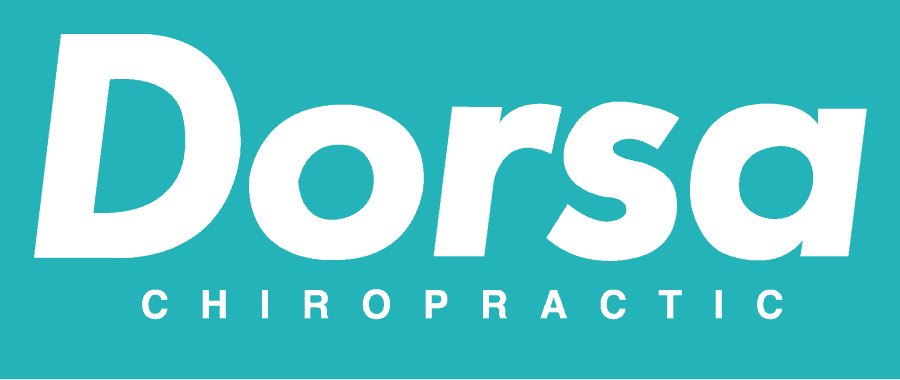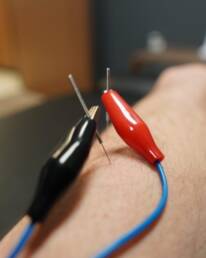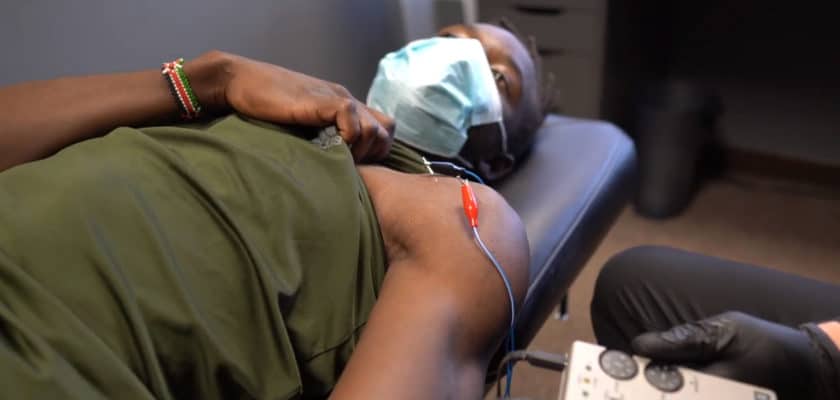Using dry needling, Dr. Dorsa can help you address injured, sore or tight muscles throughout your body that are creating pain and tension. This is actually a very gentle technique that produces very noticeable, fast results for many patients. The Dorsa Chiropractic team in Denver is here to answer all of your questions about this cutting-edge, holistic procedure. Call our office today for a consultation!
Dry needling is a manual therapy technique that involves the insertion of thin, sterile needles into trigger points in the muscles. While it may sound similar to acupuncture, dry needling is a distinct therapy that focuses on the musculoskeletal system and is based on Western anatomical and physiological principles. In this blog post, we will explore the origins of dry needling, how it works, and its potential benefits.
Origins of Dry Needling
Dry needling has its roots in the work of Dr. Janet Travell, a physician who specialized in treating chronic pain conditions. Dr. Travell identified trigger points as areas of muscle tissue that were sensitive and painful to the touch, and found that applying pressure to these points could relieve pain and improve function. In the 1970s, Dr. Travell’s colleague Dr. David Simons began using acupuncture needles to treat trigger points, leading to the development of dry needling as a distinct therapy.
How Dry Needling Works
Dry needling works by targeting trigger points in the muscles, which are areas of hyper-irritability that can cause pain, weakness, and restricted range of motion. When a needle is inserted into a trigger point, it creates a micro-injury that stimulates the body’s natural healing response. This response includes the release of endorphins, which are natural painkillers, as well as the activation of the immune system to promote tissue repair and regeneration.
Dry needling can also help to improve blood flow to the affected area, which can further promote healing. By reducing tension in the muscles and restoring proper function, dry needling can help to alleviate pain and improve mobility.
Potential Benefits of Dry Needling
Dry needling has been shown to be effective in treating a variety of musculoskeletal conditions, including:
- Low back pain
- Neck pain
- Shoulder pain
- Tennis elbow
- Plantar fasciitis
- Headaches
- Sciatica
- Fibromyalgia
In addition to relieving pain and improving function, dry needling may also have a positive impact on mental health. Studies have shown that acupuncture, which shares some similarities with dry needling, can help to reduce symptoms of anxiety and depression.
Is Dry Needling Safe?
Like any medical procedure, there are potential risks associated with dry needling. However, when performed by a skilled and trained practitioner, dry needling is generally considered safe.
The most common side effect of dry needling is soreness or bruising at the site of the needle insertion. In rare cases, more serious complications such as infection or nerve damage may occur. It is important to choose a qualified practitioner who is trained in the proper technique and safety precautions.
It is also important to note that dry needling is not suitable for everyone. It may not be appropriate for individuals with certain medical conditions or those taking certain medications. Your practitioner should conduct a thorough assessment and medical history before beginning treatment to ensure that dry needling is safe and appropriate for your individual needs.

Welcome to Dorsa Chiropractic. We started this practice to help people like you feel great!
When you visit us here at Dorsa Chiropractic, we’ll go over your injury, pain points, or general wellness goals. Our doctors will conduct an assessment to verify the root of your physical symptoms to come up with a plan for bringing your body back to health.


